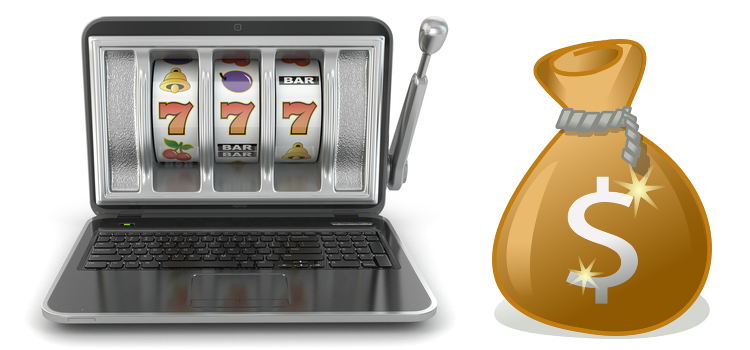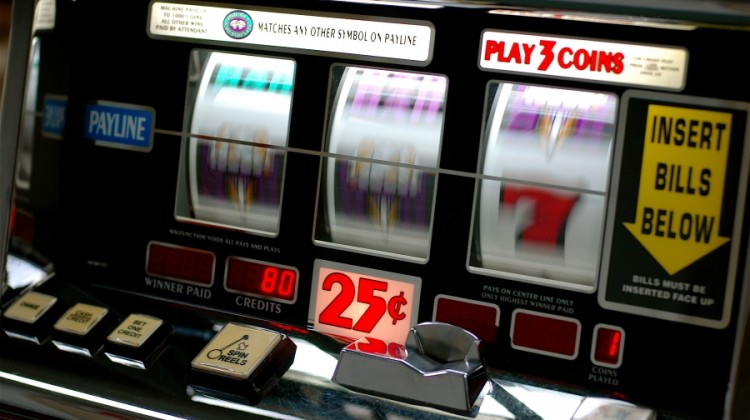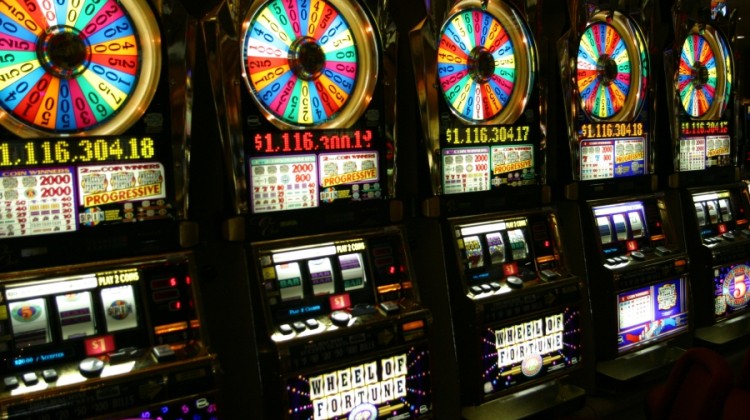In the industry of gambles the most if not all depends on precision of a mathematical approach. Operators of gambling-houses and professional gamblers know that but those who want to make a fortune at the casino do not think about it.
To understand the gamble, a player should know some determinatives the most important of which is expected value. This is a sum of all possible values of a random variable on probabilities of these values (it is rather easy if think it over). Often expected value is called simply average value. As to gambles expected value implies house edge that is expressed an average gain/loss ratio to the initial stake value. Mathematical expected value of every hands is an average gain/loss on given cards of a gambler. So the amount of expected values of all possible hands makes a general expected value of the gamble.
Thus expected value is not a ratio of an average loss to a total amount of money staked by a gambler as in some gambles (such as blackjack or poker) a gambler can increase the stake after the cards were distributed to him. Supplementary increase of the stake does not participate in calculation of expected value of the game/hands while determining initial bet, but it increases the risk. To compare different gambles under this parameter they use another value – an element of risk. The element of risk is a ratio of a medium gain/loss to a total amount of money staked on the table. This value also lets estimate and compare different gambles in matter of their profitability and riskiness.
The reason the better hand of a gambling house is calculated as to the initial stake and not as to a medium stake is such that if, for example, a gambler knows that in this game his better hand is 0.1% he can determine that a medium gain for every 100 dollars stake will be 10 cents.
There is also a concept of STANDARD DEVIATION, a value characterizing fluctuations of the bank playing this gamble. As a rule, it is used to determine probability of the fact that the result of given gamble session will be placed within some limits. Standard deviation of a final result after N stakes is the amount of standard deviation for one stake and square root of a number of initial stakes made in given gamble session. This is the case when supposed that a stake value is always constant. Probability of the fact that the result of the session can be within limits of 1 standard deviation from expected value is equal to 68.26%. Probability of the fact that the result of the session can be within limits of 2 standard deviations is equal to 95.46%. Probability of the fact that the result of the session can be within limits of 3 standard deviations is equal to 99.74%.
These concepts are used by everybody who takes a gamble as a business. They influence those who ignore mathematics. And the less a man related to a gambling business pays attention to mathematics, the less chances to win he has.
© Copyright 2006-2007 www.bonuswager.com
By Tanya Naum
Tanya Naum is the developer of Casino bonus codes. Find more info at Casino bonuses.













No Comment